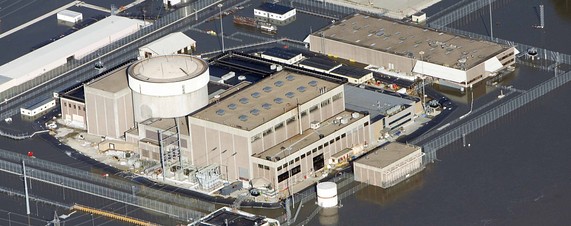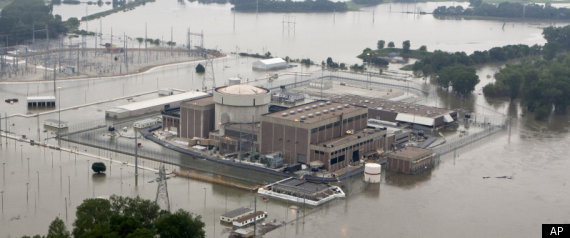– Levee Intentionally Blown Up Along Missouri River (KETV, July 1, 2011):
LOVELAND, Iowa — Authorities are investigating an intentional breach in a levee near Desoto Bend.
Pottawattamie County officials said a half-mile stretch of the Vanmann #30 levee was mechanically excavated and then lowered by using explosives. The private levee is just north of the Boyer Chute National Wildlife Refuge, northwest of Honey Creek.
So far, emergency management officials said they’ve seen no damage as a result of the levee breach, but they have fielded plenty of phone calls about it.
Emergency Management Coordinator Jeff Theulen said he was alerted Friday morning that the levee may have been in the process of being intentionally breached. About 20 minutes later, officials said they received calls from people wanting to know why levees were being blown up. One caller claimed to have witnessed the explosion.
Pottawattamie County officials said no government entity had anything to do with the detonation, and they did not have advance notice from the people responsible for the breach.

